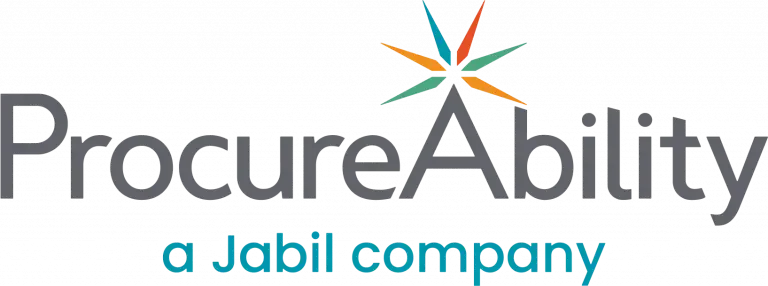Reimagining On-demand Packaging: How Form-to-fit Technology Drives Efficiency, Sustainability and Customer Satisfaction
By Joe Adamski
 We are all accustomed to coming home and seeing a myriad of boxes on our front porch, all varying sizes, shapes and configurations. How much thought does the average consumer put into this packaging? Most likely none, up until they come across a container that is wildly out of alignment with the contents. Intuitively, the consumer recognizes the waste and cost inherent in poor packaging design. But what can be done about it? They break down the box, toss it in the recycling bin and go on with their day.
We are all accustomed to coming home and seeing a myriad of boxes on our front porch, all varying sizes, shapes and configurations. How much thought does the average consumer put into this packaging? Most likely none, up until they come across a container that is wildly out of alignment with the contents. Intuitively, the consumer recognizes the waste and cost inherent in poor packaging design. But what can be done about it? They break down the box, toss it in the recycling bin and go on with their day.
But that’s not the end of it for packaging engineers and supply chain professionals. They are constantly working to identify ways to utilize packaging more efficiently, while ensuring it meets the critical design needs of delivering its contents safely and securely to the end user, while at a manageable cost.
But therein lies the rub. Utilizing standard sizes of shipping containers may seem like a cost savings and efficiency lever but leads to excess material either in the corrugate itself or in the extra packaging material that’s required. And the specs of the boxes are by their nature over engineered for most applications as they try to meet every application. Another solution is necessary.
On-demand packaging machinery
Many of our clients are turning to on-demand packaging. This technology enables the creation of form-to-fit packaging that is right-sized across a broad range of stock keeping units (SKUs). These machines enable a single associate to bundle the correct basket of goods together, and utilizing an automated process create a box suited to just this purpose.
The machine measures all dimensions, die cuts a custom regular slotted container (RSC) or full overlap slotted container (FOL) style box that then slides under and around the product bundle, creating the right box for the right application. The machine closes the boxes, tapes it, applies the label and then off it goes to our now happier consumer.
Overall packaging costs
New capital investment? Customization? That all sounds expensive. Our studies find, however, that optimizing the right amount of material for the right application saves costs overall. And when taking a balanced scorecard approach, it reflects even greater value. The fundamental point of packaging is to deliver an undamaged and usable product to the end consumer. It is a vessel for the product, nothing more. So how does this process address these concerns?
Cost Effectiveness: shipping costs are reduced by providing a box that is right sized to the product being shipped. This dramatically reduces the dim weight charges charged by UPS or FedEx.
Sustainability: In most shipping departments where corrugated sizing has been consolidated, dunnage is extremely prevalent. This dunnage rarely acts in a protective manner, but instead acts as a void fill to prevent product from bouncing around. Without the need for this material, companies reduce their overall consumables.
Dead Space: By reducing the dead space in the corrugated box, you reduce the amount of space for a product to ship. With Packaging on Demand, product bundles can be wrapped in the right amount of bubble wrap or microfoam prior to entering machine, ensure they have the right amount of protection coupled with reduced dead space.
Other considerations
This process is not a panacea for every shipper out there. Shippers are limited in the board grades that can be used, which can lead to over-engineered packaging. This can be mitigated by some machines that allow for two bales of z-fold corrugate to be utilized, but swapping to new bales can be cumbersome. Careful thought to which products move through which packaging line helps to address the overall concern, and the more similar the shipments are in terms of content and weight, the better. As most of these packages are intended for bespoke usage, palletization considerations that often drive design and specs are not a concern.
These machines may not run as fast as a more conventional approach with pre-selected box sizes. Again, the one-size-fits-many approach to packaging leads to suboptimal outcomes that this process is specifically designed to address. The sum operating costs coupled with the reduced material utilization and decreased dunnage more than offset the productivity difference. While additional training for operators is necessary to ensure that the equipment delivers optimal solutions, this has not posed a persistent long-term problem.
Solution providers
Solution providers include Ranpack, CMC Solutions, Box on Demand and Packsize. Each of them offers a slightly different approach and should be examined on their own merits competitively. The capital outlay for these machines is significant, but the return on investment (ROI) can be demonstrated. These solutions are a great fit for an e-commerce provider with a wide range of SKUs and product offerings that require a diverse set of packaging options, or as a supplement for a large warehouse operation or business-to-business (B2B) shipper.
Shipping packaging is the first point of consumer interaction with any e-commerce provider. Consumers notice and react to damaged, strange, or outsize packaging and recognize the associated waste and environmental issues. On demand boxes that are bespoke address this concern, while driving lower overall costs, reducing fill and waste, and improving the overall sustainability of the packaging and product. Implementing this solution can help improve the overall positioning of your company with consumers, while improving the bottom line.
Read our insights featured in Packaging Technology Today.
About Joe Adamski
As a Senior Director at ProcureAbility, Joe has more than 12 years of advisory and consulting experience centered on strategic procurement and large-scale transformations. He has deep experience in launching and executing programs focused on strategic sourcing, supply chain, procurement strategy, organizational design, and transformations.
Earlier in his career, Joe was an Air Force pilot before joining A.T. Kearney in their consumer practice. He has consulted with numerous Fortune 500 companies in a variety of industries, including utilities, CPGs, grocery, retail, telecom, apparel, food and beverage, and government.
Joe holds a B.S. degree in Physics from the United States Air Force Academy and an MBA from Emory University’s Goizueta Business School. He enjoys boating, hiking, and spending time in the outdoors.
About ProcureAbility
ProcureAbility, a Jabil company, is the leading provider of procurement services, offering advisory, managed services, digital, staffing, and recruiting solutions. For more than 25 years, we have focused exclusively on helping clients elevate their procurement function.
We combine leading methodologies, analytics, market intelligence, and industry benchmarks with our uniquely flexible and customizable service delivery model. Global organizations of all sizes trust ProcureAbility to transform their procurement operations, drive growth, and reimagine what’s possible.
Let ProcureAbility help you reimagine your procurement capabilities.
Media contact:
Kathleen M. Pomento
Chief Marketing Officer | ProcureAbility
kpomento@procureability.com



